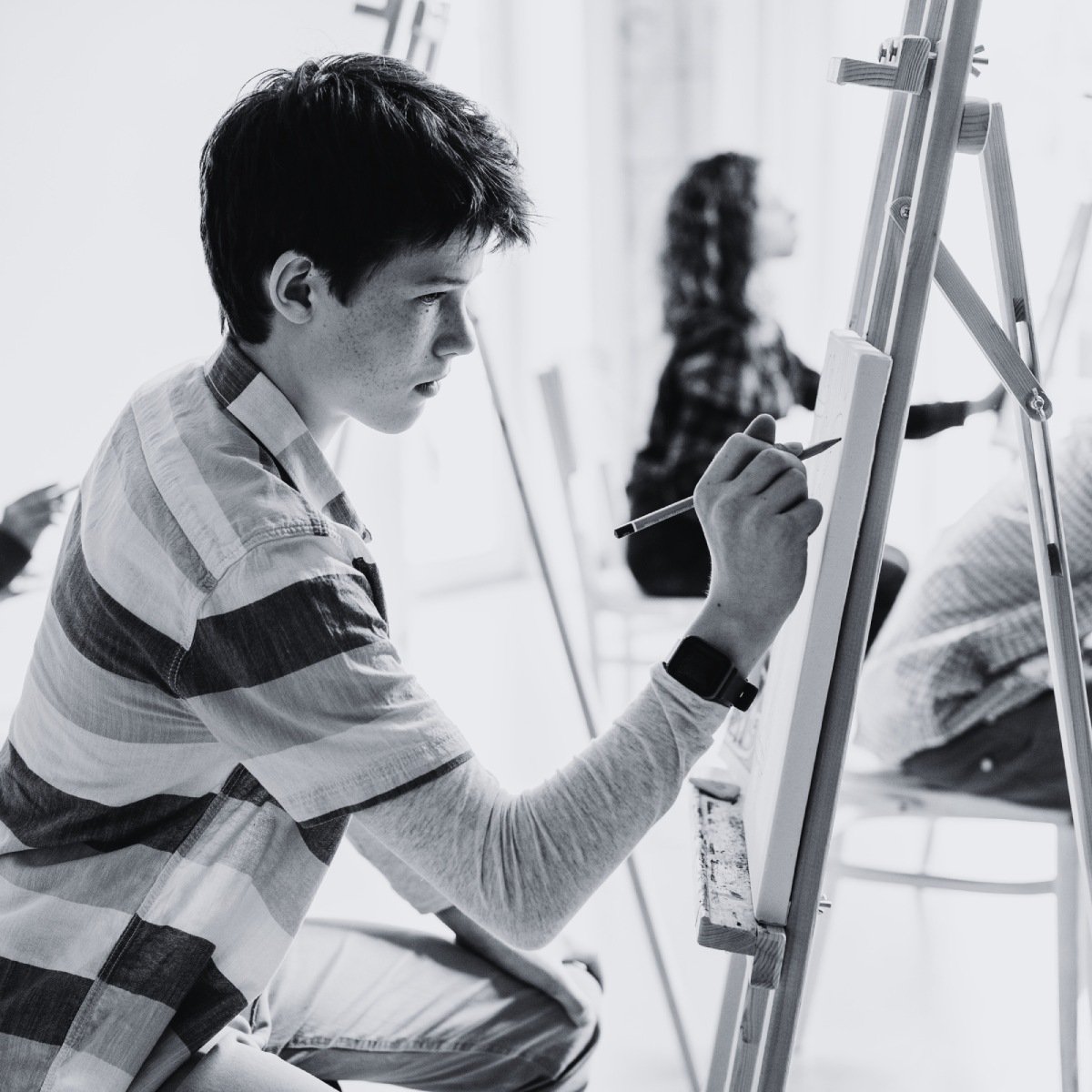Afterschool Programs: Why We Need to Reimagine Them Now
I notice a troubling pattern throughout my neighborhood and many others across the country. As the school bus pulls away, countless students quietly head home. For many, that’s where they’ll stay, isolated, until the next morning. Meanwhile, if I drive to a local school, I see a different story: students bustling about, engaged in sports afterschool programs, visibly enjoying the camaraderie and purpose that comes with being part of something larger than themselves.
This stark contrast raises a troubling question: why are non-athletes often left with fewer afterschool program opportunities? The benefits of structured engagement are undeniable, yet too many students are missing out simply because they’re not interested in athletics.
The problem: isolation and its effects
For students who head home to an empty house, the hours between school and bedtime can feel like a void. This lack of structure often leads to boredom and loneliness. Over time, these feelings can compound, contributing to depression, a sense of disconnection, and even academic struggles.
Afterschool programs provide more than just a way to pass the time—they’re an opportunity to develop teamwork, persistence, and confidence. However, when those activities are limited to sports, a significant portion of students are left behind.
What we can learn from boarding schools
At most boarding schools, afterschool time is intentionally structured. Students must participate in some form of activity—be it sports, arts, or clubs. Returning to their dorm rooms immediately after class isn’t an option. This approach fosters engagement, reduces feelings of isolation, and creates a sense of community.
If boarding schools abandoned this model, they’d likely see spikes in boredom and depression among their students. So why should this structure be reserved for those who attend boarding schools? Every student deserves access to various afterschool options that encourage connection, creativity, and growth.
The power of creativity and the arts
Creativity and the arts are often overlooked when it comes to afterschool programming. For example, in the 2009-2010 school year, while 94% of elementary schools offered music and 83% provided visual arts education, only 4% offered drama/theater, and a mere 3% provided dance instruction. Yet, they offer immense benefits.
Research consistently shows that arts education enhances academic performance, builds critical thinking skills, and fosters self-expression. For instance, students participating in music or arts programs often score higher on standardized tests. One study found that students with music experience scored significantly higher on both the verbal and math sections of the SAT compared to their peers.
Beyond academics, the arts teach valuable life skills like discipline, collaboration, and perseverance. Incorporating arts into afterschool programs also addresses the needs of students who might not gravitate toward sports. Activities like painting, theater, dance, or creative writing provide them with a platform to express themselves, connect with others, and develop a sense of belonging.
A vision for inclusive afterschool programs
Imagine a world where every student has access to afterschool programs tailored to their interests. This vision isn’t out of reach. It requires a commitment from schools, communities, and families to expand the definition of afterschool engagement.
Partnerships with local organizations, increased funding for arts programs, and creative scheduling solutions could make this a reality. Afterschool programs should be a space where all students feel welcome and valued, regardless of their interests.
It’s time to act
The hours after school shouldn’t be wasted on isolation and boredom. They’re an opportunity to nurture creativity, build community, and support mental well-being. We can create a more inclusive and enriching environment for all students by expanding afterschool programming to include the arts and other non-athletic options.
Let’s start reimagining afterschool as a time for connection and growth. Together, we can ensure that every student has the opportunity to thrive—not just academically but as individuals.

